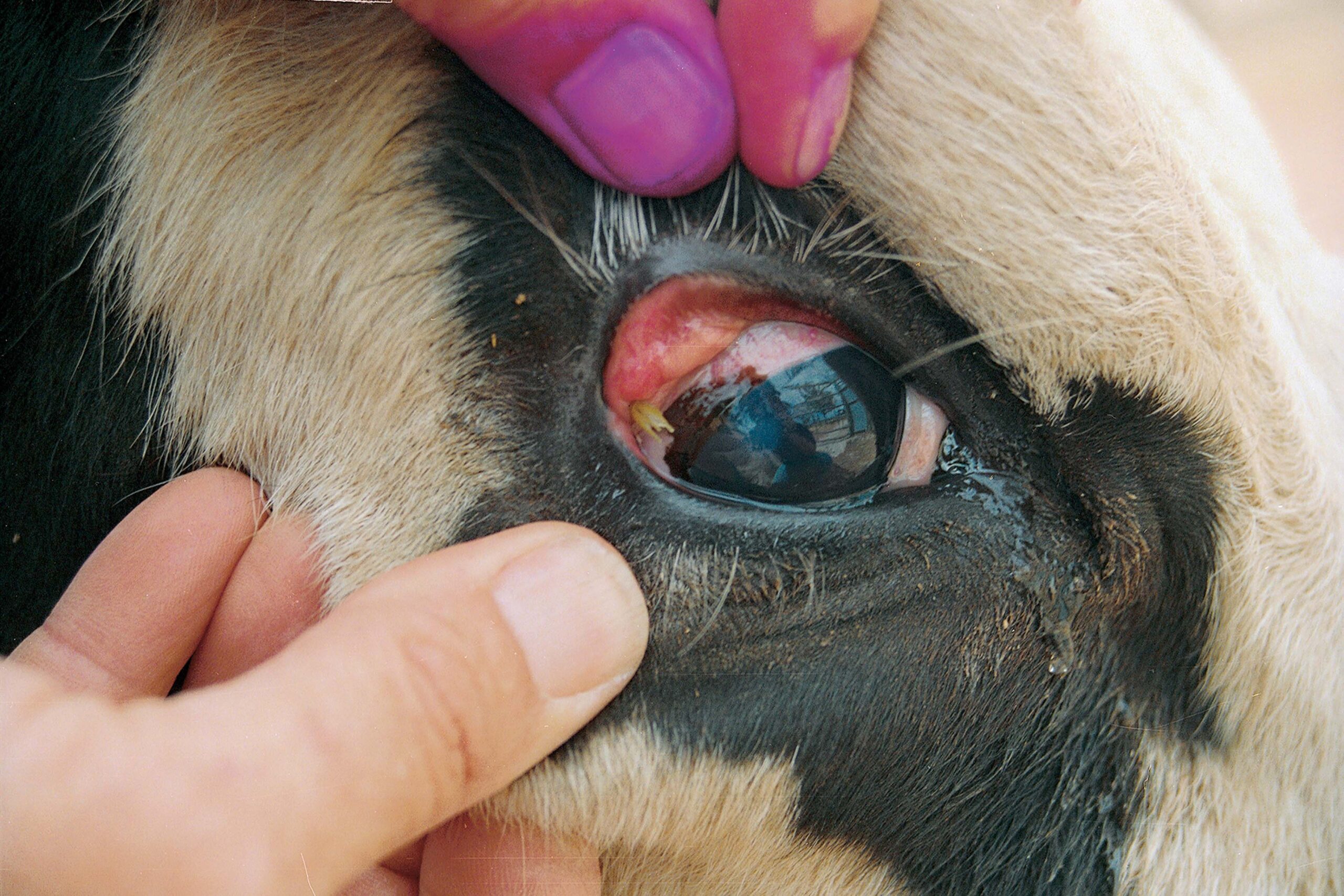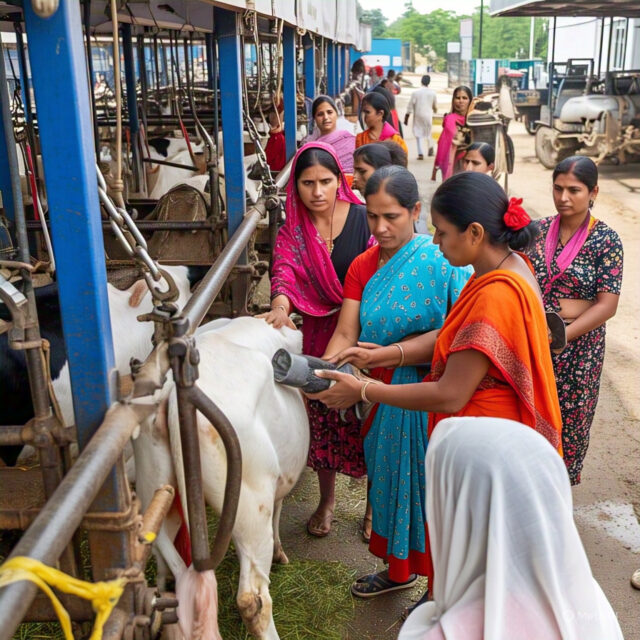
WOMENEMPOWERMENT INLIVESTOCK PRODUCTION AND MANAGEMENT
Women play a crucial role in livestock production and management, particularly in rural communities where they constitute a significant portion of the agricultural workforce. Despite their contributions, women often face systemic barriers that limit their access to resources, decision-making power, and opportunities for economic advancement. Empowering women in this sector is not only essential for achieving gender equality but also for enhancing food security and improving livelihoods.
The Importance of Women in Livestock
Globally, women represent approximately 43% of the agricultural labor force in developing countries, with rural women accounting for two-thirds of low-income livestock keepers. Their involvement in livestock management encompasses various activities, including animal husbandry, feeding, health care, and marketing of livestock products. This engagement is vital for household nutrition and economic stability, as livestock often serve as a source of income and food security.
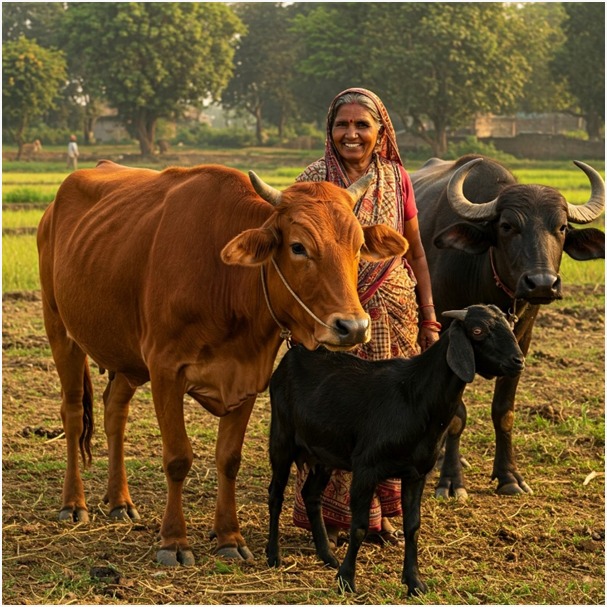
Women’s participation in livestock farming activities
Livestock management is a gender activity, as it involves activities of both men and women. Due to economical, agro-ecological, ethnic, and religious considerations, women’s involvement in livestock development is substantial and varied by location.
In addition to managing and caring for livestock, rural women also take part in livestock producing operations. It is commonly acknowledged that women perform the majority of the critical role associated with cattle farming. When it comes to tasks like cutting fodder, watering, cleaning animals and their sheds, etc., women typically contribute more labor inputs. The women have also been credited for milking the animals and processing milk products. Their exclusive responsibilities also includecollecting manure, making dung cakes, and keeping up with animal sheds.
Women’s role in dairy activities
Feeding Green fodder: In several states, farmer families have recognized the value of cultivating green fodder, especially berseem, lucerne, cowpea, maize, etc., for their milch stock. Crop rotations have been developed from zone to zone and can be implemented to improve milk flow quickly. At the same time, the cost of milk production can be decreased by lowering the rate at which the farmer needs to purchase expensive concentrate mixtures from the market.
Producing Indian milk products: Farm women are forced to turn their excess milk into a variety of milk products. As a result, half of the milk is used to produce some common milk products that has marketed successfully in different regions. These milk products, such as paneer and khoa, have a longer shelf life, are easier to transport because they require less volume, and can be used as a basis to make a variety of sweets.
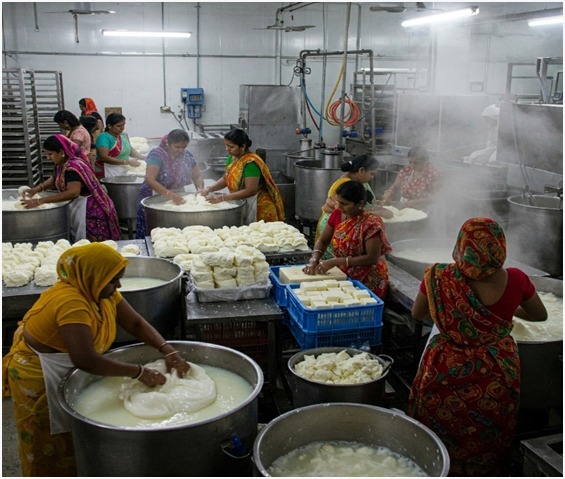
Challenges faced by Women
Despite their significant roles, women in livestock production encounter numerous challenges:
- Limited Access to Resources: Women often have less access to financial services, land ownership, and agricultural inputs compared to men. This disparity restricts their ability to invest in livestock and improve productivity.
- Decision-Making Power: In many households, men are typically the primary decision-makers regarding livestock management. This lack of agency can hinder women’s ability to influence how resources are allocated within the household.
- Knowledge Gaps: Women may lack access to training and information about best practices in animal husbandry, which can impact their productivity and profitability.
Strategies for Women Empowerment
To address these challenges, several strategies can be implemented to empower women in livestock production:
- Education and Training: Providing women with training on animal health, breeding practices, and marketing strategies can enhance their skills and confidence in managing livestock.
- Access to Resources: Ensuring that women have equal access to financial services, land ownership, and agricultural inputs is critical for enabling them to invest in their livestock operations.
- Promoting Decision-Making Roles: Encouraging women’s participation in decision-making processes at both household and community levels can help them gain more control over resources and improve their bargaining power.
- Utilizing the Women’s Empowerment in Livestock Index (WELI): Developed by the International Livestock Research Institute (ILRI) in 2015, WELI measures women’s empowerment specifically within the livestock sector. It assesses key areas such as decision-making regarding production, control over income, and access to opportunities.
Government Schemes for Women Empowerment in Livestock
Governments and organizations worldwide have recognized the importance of supporting women in this sector through various schemes and initiatives.
Mahila Kisan SashaktikaranPariyojana (MKSP):
- Launched by the Ministry of Rural Development, MKSP aims to empower women farmers by enhancing their participation in agriculture and creating sustainable livelihoods.
National Dairy Plan:
- The National Dairy Development Board promotes women’s involvement in dairy farming through initiatives like organizing all-women dairy cooperatives and appointing Lady Extension Officers (LEOs). This plan has led to the establishment of over 4,000 all-women cooperative societies, enhancing women’s roles in the dairy sector.
Developmental Action Plan for Schedule Castes (DAPSC):
- Implemented by the Indian Council of Agricultural Research (ICAR), this program provides resources and training for women involved in livestock and poultry management.
Self-Help Groups (SHGs):
- The Deendayal Antyodaya Yojana promotes organizing rural women into SHGs, providing them with a platform for collective action and access to financial resources. These groups empower women to engage in livestock-related activities, improving their economic status.
Interest Subsidy Scheme:
- Some state governments offer interest subsidies on loans taken by women farmers for livestock-related activities. This financial support helps women invest in their livestock enterprises without the burden of high-interest rates.
Impact of Women Empowerment on Households
Empowering women in livestock production has far-reaching benefits:
- Improved Food Security: Women who have greater control over livestock are more likely to ensure that household members receive adequate nutrition from animal-source foods.
- Economic Growth: Studies indicate that closing the gender gap in agriculture could lead to a significant increase in agricultural productivity—potentially raising output by 2.5% to 4%—and reducing malnutrition rates by 12% to 17%.
- Social Change: As women gain recognition for their contributions to livestock management, there is a shift towards greater gender equality within communities, fostering a more inclusive environment for future generations.
Conclusion
Women empowerment in livestock production is not merely a matter of equity; it is a strategic approach to enhancing agricultural productivity and improving food security. By addressing the barriers that hinder women’s participation and leadership in this sector, we can unlock their potential as key drivers of economic growth and social change. Initiatives aimed at empowering women through education, resource access, and decision-making support are essential for building resilient communities where both men and women can thrive together.
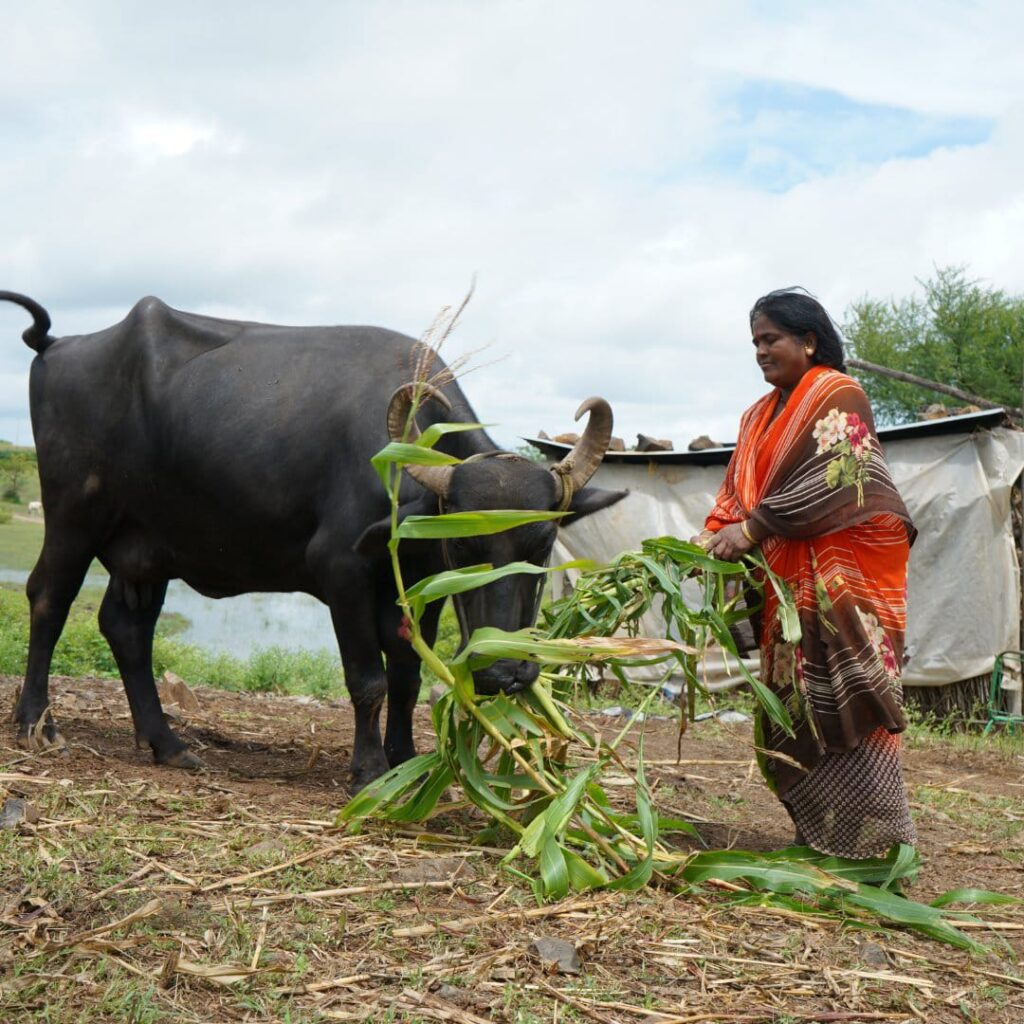

1Bagavathi M,1Animesh Patel,2Manisha, 3Ajay K Dang
1MVSc Scholar, Animal Physiology Division, ICAR – National Dairy Research Institute, Karnal-132001, Haryana, India.
2Ph.D Scholar, Animal Physiology Division, ICAR – National Dairy Research Institute, Karnal-132001, Haryana, India.
3PS and Head, Animal Physiology Division, ICAR – National Dairy Research Institute, Karnal-132001, Haryana, India.


